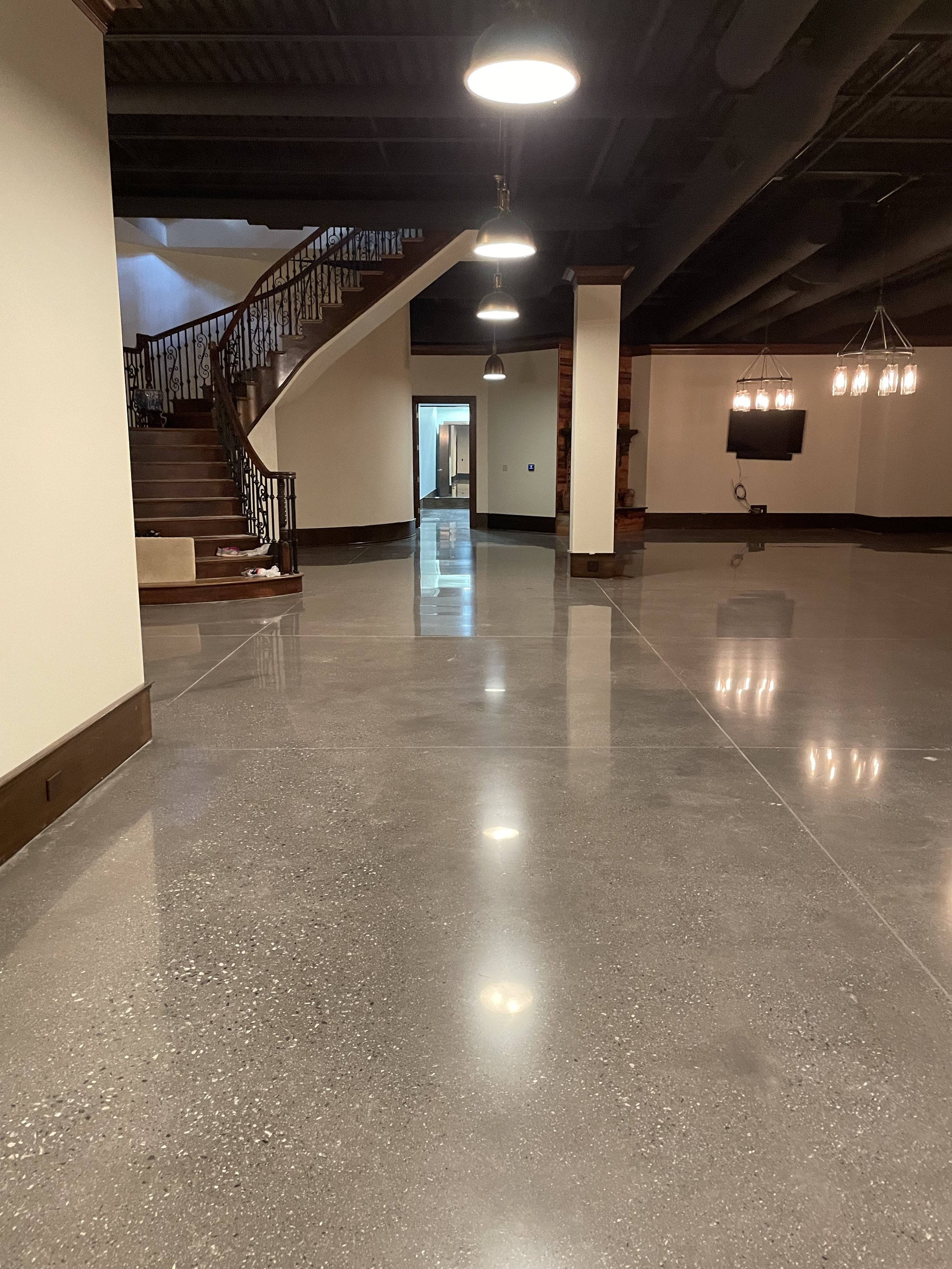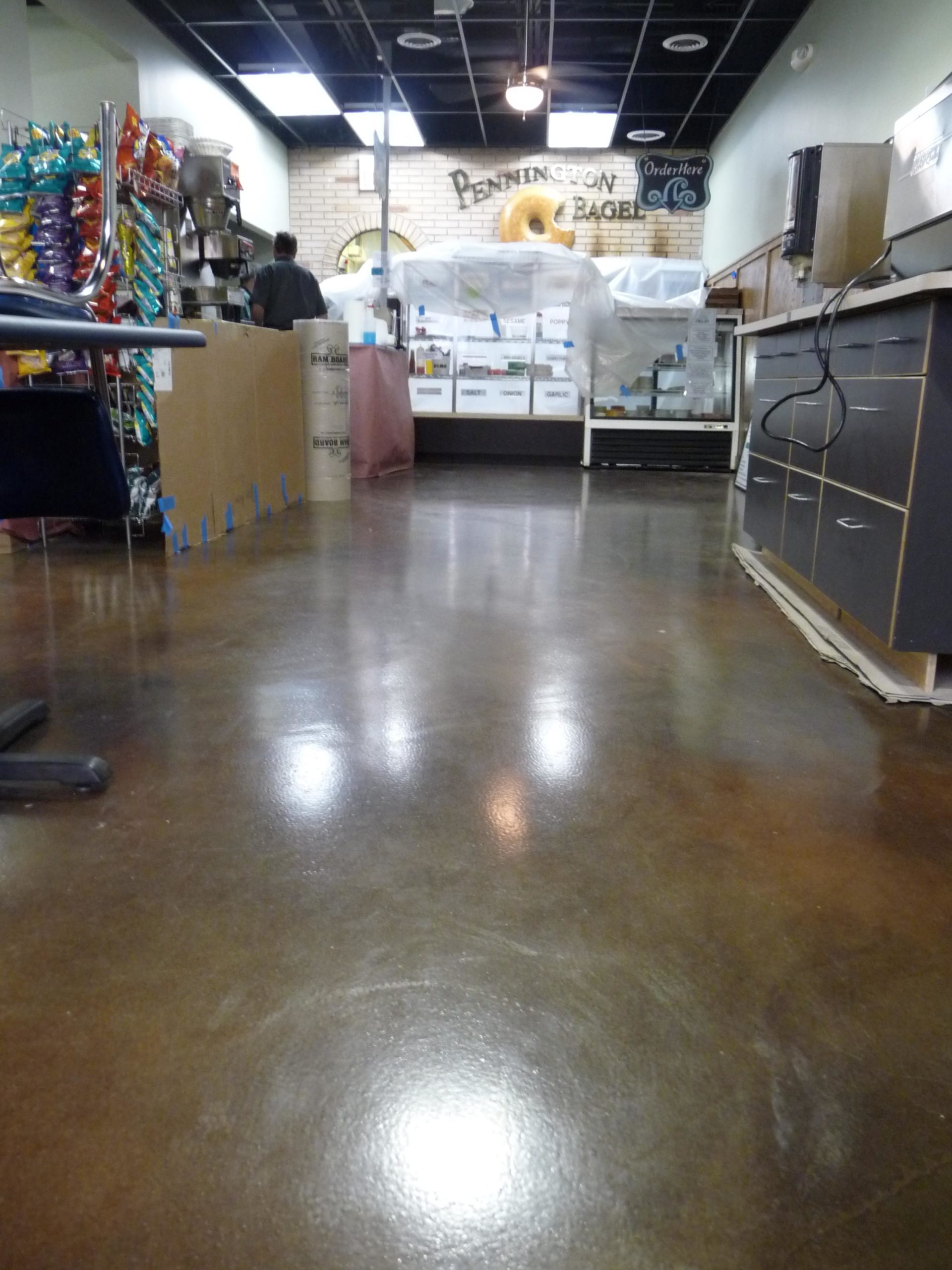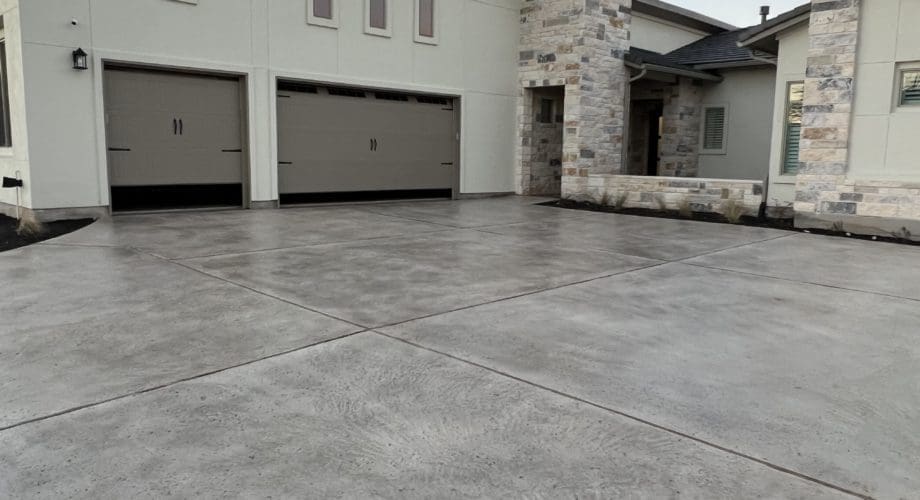Elevate Your Living Spaces with Residential Stained Concrete Floors
Elevate Your Living Spaces with Residential Stained Concrete Floors
Blog Article
Why Regional Tarnished Flooring Is the Perfect Option for Sustainable Home Renovation
In the world of sustainable home enhancement, neighborhood discolored flooring has actually emerged as a popular option amongst environmentally aware homeowners. As a cost-effective investment with reduced maintenance demands, it increases a thought-provoking inquiry: could this be the optimal remedy for lasting real estate?
Recognizing the Idea of Regional Tarnished Flooring
While the concept might appear novel to some, neighborhood tarnished flooring is an innovative approach to home renovation that combines looks, resilience, and sustainability. The term describes making use of in your area sourced wood that is tarnished to accomplish a distinct aesthetic charm. The discoloration process not only enhances the natural charm of the timber grain but additionally adds a layer of defense, boosting the long life of the floor covering. This technique is taken into consideration sustainable as it minimizes the need for transport of basic materials from remote areas, thus lessening carbon footprints. Making use of neighborhood timber species typically supports regional economies and promotes responsible woodland monitoring methods. This idea, as a result, offers property owners an ecologically accountable choice without jeopardizing visual allure or resilience.
The Aesthetic Appeal of Neighborhood Discolored Floor Covering
Why is regional tarnished flooring getting popularity for its aesthetics? Local discolored floor covering supplies a diverse range of colors and patterns, mirroring the all-natural beauty and variations of the local wood species utilized. Eventually, the appeal of neighborhood tarnished floor covering lies in its ability to transform homes right into distinctive, visually appealing areas while advertising sustainability.
Environmental Impacts of Local Tainted Flooring
The ecological implications of neighborhood tarnished floor covering include two significant factors: decreasing carbon impact and waste minimization advantages. Using in your area sourced products for discoloring not just reduces transportation emissions, yet likewise promotes sustainable forestry techniques. In addition, the waste minimization facet enters into play as these flooring kinds typically have a longer lifespan, reducing the regular need for substitutes and the waste related to it.
Reducing Carbon Footprint
As homeowners turn to even more sustainable alternatives, neighborhood stained flooring becomes a sensible service to decrease carbon impact. This kind of flooring mostly uses locally sourced materials, which dramatically minimizes the need for transport. Consequently, this reduces emissions connected with freight transport, adding to lower degrees of greenhouse gases in the ambience. In addition, the process of discoloring the flooring, instead of using synthetic finishings, includes less chemicals and less energy-intensive treatments. This leads to a reduction in carbon emissions throughout the manufacturing procedure. Choosing neighborhood discolored floor covering demonstrates a reliable measure in advertising environmental sustainability, highlighting a concrete means house owners can add to combating climate modification from the convenience of their very own homes.
Waste Reduction Conveniences
Although frequently overlooked, waste reduction is another considerable benefit of neighborhood discolored flooring. Additionally, the staining procedure uses fewer sources and produces less waste compared to manufacturing new floor covering products. The option of neighborhood discolored floor covering not just improves homes yet additionally underpins a commitment to sustainable living and waste decrease.
The Toughness and Maintenance of Local Tarnished Flooring

The Cost-Effectiveness of Neighborhood Discolored Floor Covering
While local stained flooring may originally appear more costly than other options such as rug or laminate, its longevity and longevity swiftly turn it right into a cost-effective selection. For homeowners seeking a sustainable, economical remedy for their flooring needs, neighborhood discolored floor covering emerges as an exceptional, lasting investment that pays off over time.

The Real World Instances of Sustainable Homes With Local Discolored Floor Covering
In the realm of sustainable home renovation, local tarnished flooring has become a preferred option. To better highlight its advantages, several the real world instances of environmentally friendly homes that have effectively included this floor covering method will be highlighted. These study provide substantial proof of the benefits and impact of utilizing regional try this stained floor covering in sustainable homes.

Display: Eco-Friendly Floor Covering Homes
Scanning the globe, one can find many homes that personify the principle of eco-friendly living through using regional stained floor covering. In the heart of Denmark, a minimal home prides itself on its oak-stained floors, sourced and dealt with within the neighborhood area. Across oceans in copyright, a contemporary house showcases its rich, maple-stained flooring, a testament to the bountiful neighborhood wood supply. Down under in Australia, a beach residence beams with continue reading this its eucalyptus-stained floors, showing the country's native plants. These homes not only display the visual adaptability of local stained flooring yet also its payment to a much more lasting way of life. Each flooring narrates of respect for the environment, verifying that style and sustainability can indeed coexist.
Neighborhood Stained Flooring Benefits
The indisputable appeal of regional discolored flooring expands past its aesthetic charm, as it likewise uses considerable benefits to both house owners and the atmosphere. This type of flooring is sourced and generated in your area, reducing transportation exhausts and strengthening the local economic climate. The discoloration process uses natural, non-toxic products, promoting interior air quality and lowering the home's environmental impact. In a lasting home in Portland, Oregon, for example, neighborhood stained concrete floorings not only improve the looks but additionally serve as thermal mass, soaking up heat during the day and launching it in the evening, decreasing energy use. An additional example is a green-certified home in Austin, Texas, where locally sourced walnut was discolored and made use of for flooring, contributing to the home's LEED accreditation.
Final thought
Finally, regional discolored flooring is a practical and sustainable choice for home improvement. This choice sustains regional economies, decreases ecological effect, and improves home aesthetic appeals. Its toughness makes sure durability, decreasing upkeep costs in the future. With its special blend of ecological, cost-effective and visual benefits, neighborhood discolored floor covering is a clear option official website for homeowners seeking a lasting, aesthetically appealing and economical home renovation remedy.
In the world of sustainable home renovation, local tarnished flooring has arised as a popular option amongst environmentally mindful homeowners. Regional discolored floor covering supplies a diverse variety of shades and patterns, mirroring the all-natural beauty and variations of the regional wood types made use of. The selection of neighborhood tarnished flooring not only beautifies homes however likewise underpins a dedication to sustainable living and waste reduction.
For house owners looking for a sustainable, cost-effective option for their floor covering needs, regional discolored flooring arises as a premium, long-lasting investment that pays off over time. Best Stained Concrete Austin.
With its unique mix of ecological, visual and cost-effective benefits, neighborhood discolored flooring is a clear selection for property owners seeking a lasting, affordable and aesthetically attractive home enhancement solution.
Report this page